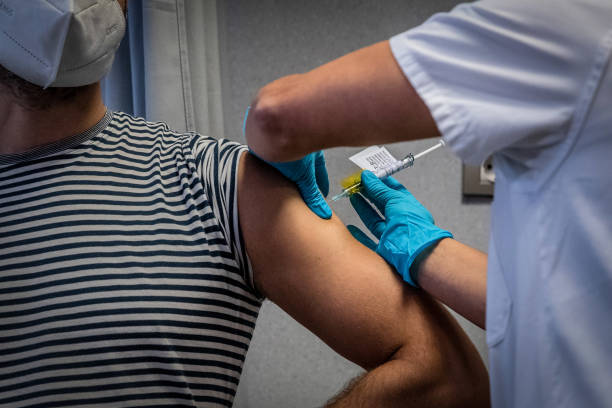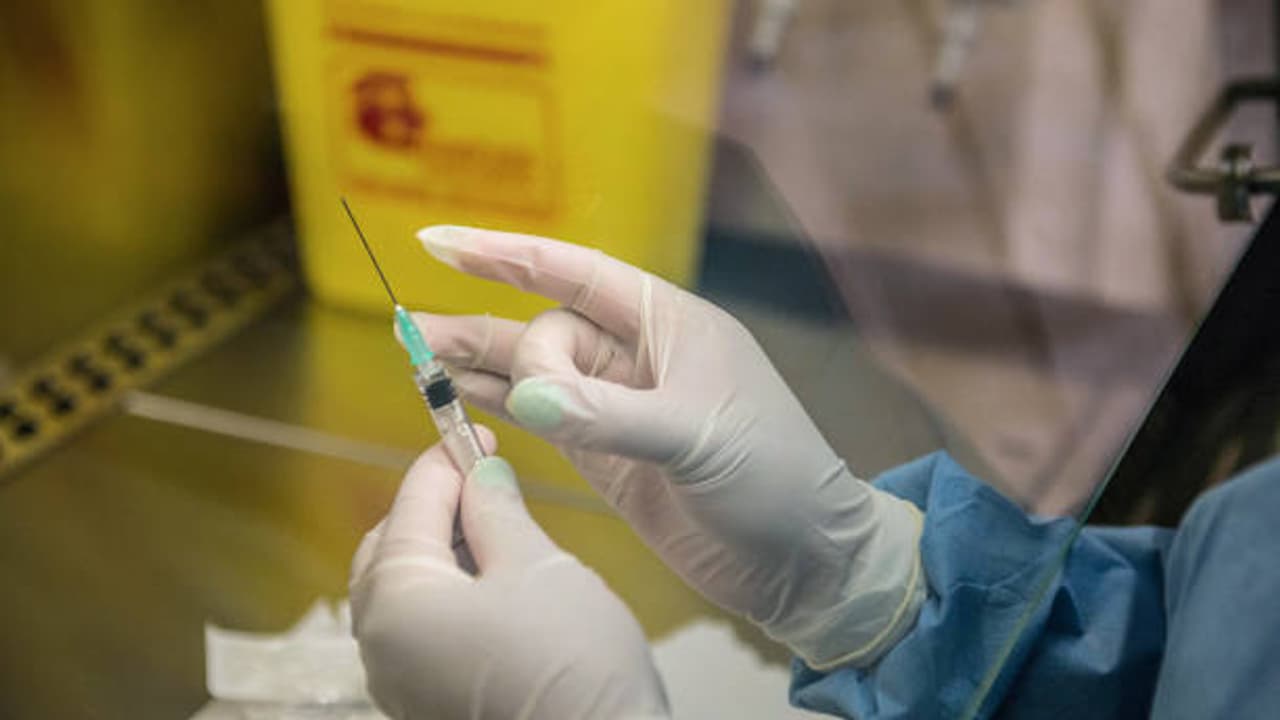Researchers from MIT and Scripps have unveiled a promising new HIV vaccine approach that generates a powerful immune response with just one dose.
Researchers from MIT and the Scripps Research Institute have unveiled a potent vaccine strategy capable of generating a robust immune defense against HIV with just a single dose. By fusing two powerful immune-boosting agents known as adjuvants, scientists have paved the way for a potentially game-changing leap in vaccine technology.

Tested in mice, this innovative cocktail significantly amplified the diversity and volume of antibodies triggered by an HIV antigen compared to traditional vaccine methods. The secret lies in the dynamic duo of adjuvants: aluminum hydroxide (commonly called alum) and a nanoparticle-based compound known as SMNP. Together, they create a long-lasting immune memory, transforming the vaccine into a slow-release fortress within the body.
“This approach is compatible with many protein-based vaccines, so it offers the opportunity to engineer new formulations for these types of vaccines across a wide range of different diseases, such as influenza, SARS-CoV-2, or other pandemic outbreaks,” explains J. Christopher Love, MIT professor and co-senior author of the study published in Science Translational Medicine.

Joining Love in leading this breakthrough effort is Professor Darrell Irvine of the Scripps Research Institute. The study’s lead authors are Kristen Rodrigues PhD ’23 and Yiming Zhang PhD ’25.
More powerful vaccine
While alum has long been a staple in protein-based vaccines for hepatitis A and B, its partner SMNP — a compound containing saponin and MPLA — is a newer entrant derived from the Chilean soapbark tree. Developed by Irvine, SMNP has already proven its mettle in early-stage HIV vaccine trials. But combining it with alum, researchers discovered, creates an immune-stimulating synergy far more potent than either adjuvant alone.
When deployed in mice, the hybrid vaccine loaded with the HIV protein MD39 and anchored to both adjuvants concentrated in lymph nodes and lingered there for nearly a month — a critical window during which the immune system fine-tunes its antibody arsenal.
“As a result, the B cells that are cycling in the lymph nodes are constantly being exposed to the antigen over that time period, and they get the chance to refine their solution to the antigen,” Love notes.
This mechanism mimics natural infection, allowing the body’s immune defenses to evolve and diversify — a feat particularly vital for pathogens like HIV that constantly mutate.
A Surge in Antibody Diversity Single-cell RNA sequencing revealed a striking outcome: mice that received the dual-adjuvant vaccine exhibited two to three times more unique B cells compared to those given only one. This surge in antibody diversity significantly increases the likelihood of producing broadly neutralizing antibodies — the immune system’s holy grail when combating fast-mutating viruses like HIV.
“When you think about the immune system sampling all of the possible solutions, the more chances we give it to identify an effective solution, the better,” says Love. “Generating broadly neutralizing antibodies is something that likely requires both the kind of approach that we showed here, to get that strong and diversified response, as well as antigen design to get the right part of the immunogen shown.”
The implications stretch far beyond HIV. This strategy could revolutionize vaccine design for an array of infectious diseases — from seasonal influenza to future pandemics — offering the promise of long-lasting immunity with just one shot.
“What's potentially powerful about this approach is that you can achieve long-term exposures based on a combination of adjuvants that are already reasonably well-understood, so it doesn't require a different technology. It's just combining features of these adjuvants to enable low-dose or potentially even single-dose treatments,” Love adds.


